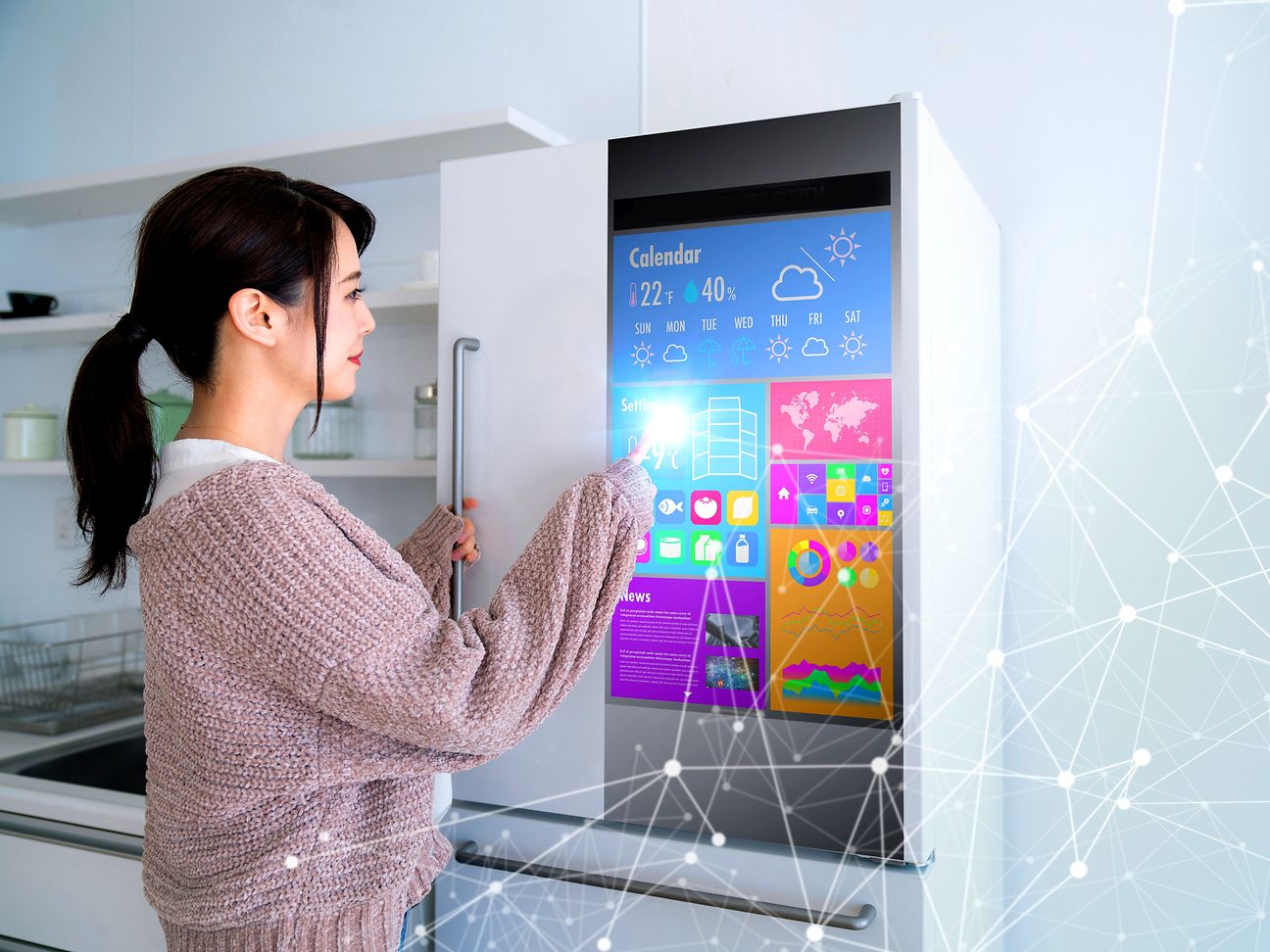Now there's something on the glasses - between XR and AI
Virtual reality (VR) and augmented reality (AR) conjure up something in front of our eyes. Typically with unusual glasses. AR shows us texts: as additional information to what we are currently seeing. VR, on the other hand, immerses us in artificial but lifelike environments. And what happens with mixed reality and AI glasses? We explain the technologies simply.
Swimming with whales in underwater worlds, exploring the inside and outside of a car from a distance or walking through your new kitchen before it is even assembled: "virtual reality" (VR) is a digital image of reality created on a computer. When you put on VR glasses, you suddenly find yourself in new, artificially created worlds that look deceptively real. And with a 360-degree view, just like in real life. There is also a technical term for this: immersion. In the 2000s, it was mainly used to describe computer games in which players were literally immersed. They became part of the game world in their own perception.
Enriched reality: This is what the term “augmented reality” (AR) stands for. This is about the interplay between digital and analog life. This works via the camera in the smartphone, but usually also via glasses. However, these do not isolate people from their normal surroundings like VR glasses. Instead, additional information about their surroundings is displayed in the glasses. An example: If you look at Cologne Cathedral, you can see the year construction began, its height and get tips for nearby restaurants. Digital work can also be changed by AR. Imagine an extra-large computer screen that expands when you turn your head. Only one thing is missing: the screen itself. It appears in front of your eyes, via a pair of glasses. These are in turn connected to a keyboard. This allows you to work anywhere. Without other people seeing what you see. This solution is called “Spacetop” and was developed by our partner Sightful.
"Mixed reality" (MR) can be placed between augmented and virtual reality. A camera in the glasses enables this mixed reality. On construction sites, for example, experts can be called in from anywhere in the world. They can work together on a problem “in front of the glasses”. Last but not least, a fourth abbreviation comes into play: the collective term for mixed, virtual and augmented reality is “XR”.
The next step is the networking of people, known as “social VR”. Here, several users come together in a virtual reality to experience something together, such as concerts or sporting events.
Have you heard of AI glasses? The RayBan brand, for example, has equipped some models with artificial intelligence (AI) from Meta. However, there is a difference to the smart glasses described above: Nothing is projected into the field of vision. Instead, the functions are more reminiscent of those of a smartphone. And could perhaps even replace it completely in the future. On voice command, the glasses can take photos and videos, make calls, play music and provide answers to questions.
All of this places ever greater demands on telecommunications networks. High capacities and low latencies, i.e. response times, are required, which the new 5G communication standard in particular offers. Both are necessary not only to process huge amounts of data - for example in games with a large number of participants in one place - but also to do so in real time. And: devices and networks have to work together smoothly. This is why network operators such as Deutsche Telekom work closely with manufacturers and developers of XR innovations at a very early stage.

